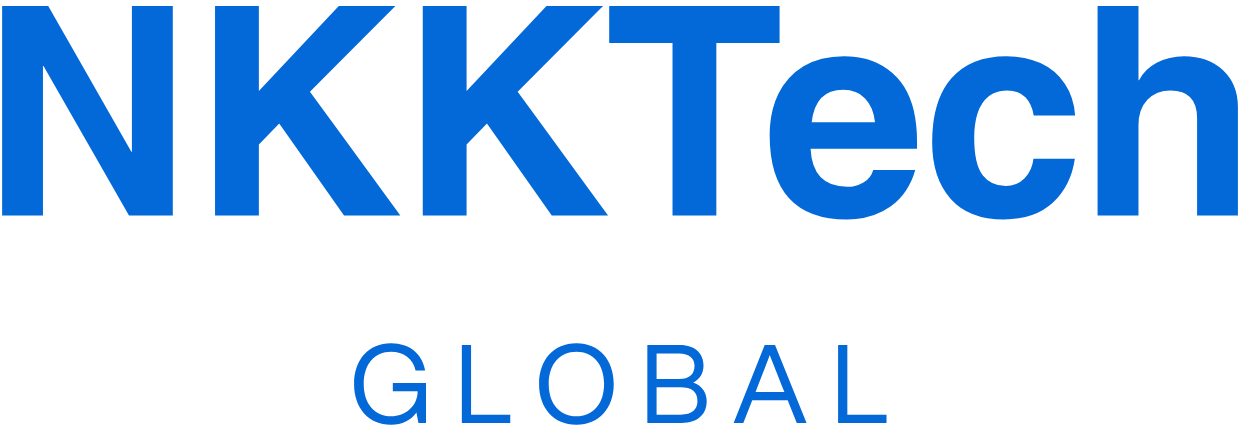Elevate Your Projects with International Software Development Partners
In today’s fast-paced digital landscape, businesses are increasingly looking beyond geographical boundaries to find the best talent and optimize costs. Partnering with an Offshore Development Partner has emerged as a strategic imperative for many organizations aiming to scale efficiently and access specialized skills. However, the success of such a venture hinges critically on one factor: selecting the right partner. This comprehensive guide will walk you through the optimal process for choosing an Offshore Development Partner, ensuring your projects not only meet but exceed expectations. We will explore key considerations, evaluation criteria, and best practices to help you forge a successful, long-term collaboration.
Table of Contents:
- 1. Assess Your Needs and Define Objectives
- 2. Research and Vetting Potential Providers
- 3. Evaluate Skills and Cultural Fit
- 4. Engagement Models and Contract Negotiation
- 5. Project Management and Continuous Evaluation
1. Assessing Your Needs and Defining Objectives for Your Offshore Development Partner
Before embarking on the search for an Offshore Development Partner, it is paramount to conduct a thorough internal assessment. Clearly define your project scope, technical requirements, budget constraints, and desired timelines. What specific problems are you trying to solve, and what kind of expertise is needed? Understanding your internal capabilities and identifying gaps will help you articulate precise needs to potential partners. For instance, if your project involves cutting-edge AI or blockchain technologies, you’ll need a partner with proven experience in those niche areas. This foundational step ensures that your search is targeted and efficient, preventing miscommunications and costly revisions down the line. A clear understanding of your ‘why’ and ‘what’ is the first critical step toward a successful software outsourcing journey.
Furthermore, consider your long-term vision. Is this a one-off project or the beginning of a sustained partnership? Your strategic goals will influence the type of partner you seek – from a transactional vendor to a strategic extension of your in-house team. Documenting these objectives will serve as a crucial benchmark throughout the selection process. It allows you to measure potential partners against your specific requirements and ensure alignment on expected outcomes. This initial phase, though often overlooked, lays the groundwork for a robust relationship with your future remote development team.
2. Researching and Vetting Potential Offshore Development Partner Candidates
Once your internal needs are defined, the next step involves extensive market research to identify potential Offshore Development Partner candidates. Start by exploring industry directories, analyst reports, and professional networks. Look for companies with a strong track record, positive client testimonials, and a portfolio that aligns with your project’s complexity and industry. Pay attention to their areas of specialization and their geographical location, as this can impact time zone differences and cultural nuances. Initial outreach should focus on gathering information about their services, methodologies, and typical project sizes.
Thorough due diligence is crucial during this phase. Request case studies, client references, and even conduct preliminary interviews to gauge their responsiveness and communication clarity. Evaluate their security protocols and data protection policies, especially if your project involves sensitive information. A reputable software outsourcing firm will be transparent about their processes and eager to provide evidence of their capabilities. Don’t hesitate to ask tough questions about their challenges, how they overcome them, and their approach to quality assurance. This rigorous vetting process helps narrow down the field to a select few highly qualified candidates. For additional insights, explore industry trends and best practices on platforms like Nokasoft Blog.
3. Evaluating the Skills, Culture, and Experience of Your Prospective Partner
With a shortlist of potential candidates, delve deeper into their technical prowess and cultural compatibility. Technical evaluations can involve code reviews, sample projects, or even small pilot programs to assess the actual skills of their development team. This hands-on approach provides tangible evidence of their capabilities beyond just resumes and portfolios. Crucially, assess their understanding of modern development methodologies like Agile or DevOps, as these can significantly impact project efficiency and transparency. A strong Offshore Development Partner should demonstrate not only technical excellence but also a commitment to continuous improvement and adoption of new technologies.
Equally important is assessing cultural fit and communication. Will their working style integrate smoothly with your internal teams? Consider time zone overlaps, language proficiency, and their approach to client communication. Effective communication is the cornerstone of any successful remote collaboration. Discuss their project management tools, reporting mechanisms, and how they handle feedback and iterations. A partner that aligns with your company’s values and communication preferences will foster a more productive and harmonious working relationship, making them a true extension of your team. This symbiotic relationship is vital for long-term success in IT outsourcing.
4. Choosing Engagement Models and Negotiating the Contract with Your Offshore Development Partner
Once you’ve identified your preferred Offshore Development Partner, the next critical step is to select the most suitable engagement model and negotiate a comprehensive contract. Common engagement models include fixed-price (for well-defined projects), time & material (for flexible projects with evolving requirements), and dedicated team (for long-term, ongoing development needs). Each model has its advantages and disadvantages, and the best choice depends on your project’s specific nature, risk tolerance, and desired level of control. Clearly define the scope of work, deliverables, milestones, payment terms, and intellectual property rights within the contract.
Legal considerations are paramount. Ensure the contract covers data confidentiality, dispute resolution mechanisms, and exit clauses. It’s advisable to involve legal counsel experienced in international agreements. Transparency in pricing and service level agreements (SLAs) is also key. A reliable vendor selection process involves clarity on all financial and operational terms upfront, preventing misunderstandings later. Focus on building a win-win agreement that outlines clear responsibilities and expectations for both parties. This detailed negotiation phase sets the stage for a smooth and legally sound partnership with your chosen Offshore Development Partner.
5. Effective Project Management and Ongoing Performance Evaluation
Even after selecting the ideal Offshore Development Partner and signing the contract, the work isn’t over. Effective project management and continuous performance evaluation are crucial for sustained success. Establish clear communication channels, regular reporting schedules, and utilize collaborative tools for task tracking and progress updates. Daily stand-ups, weekly sync-ups, and monthly reviews can help maintain alignment and address issues promptly. Foster a culture of open communication and mutual trust, encouraging both teams to share feedback and proactively identify challenges.
Regularly assess the partner’s performance against agreed-upon KPIs, such as code quality, delivery timelines, bug rates, and responsiveness. Provide constructive feedback and work together to implement improvements. A successful partnership with an Offshore Development Partner is dynamic and evolves over time. Be prepared to adapt and optimize processes as needed. This continuous evaluation cycle ensures that the partnership remains effective, delivers consistent value, and helps your projects thrive in the long run. For more strategic insights on global talent, visit Nokasoft’s latest articles. For global IT outsourcing market trends, refer to Statista’s IT Outsourcing Market Size.
Conclusion:
Selecting the right Offshore Development Partner is a critical strategic decision that can significantly impact your business’s growth and efficiency. By following a structured and diligent selection process, from initial needs assessment to ongoing performance management, you can mitigate risks and unlock immense value. A well-chosen partner becomes an invaluable extension of your team, providing access to specialized expertise, reducing operational costs, and accelerating your time to market.
Ready to find your ideal Offshore Development Partner? Discover how Nokasoft can help streamline your selection process and connect you with top-tier global talent. Contact us today for a consultation!



